BMO / Online campaign - Dotrščina, Croatia
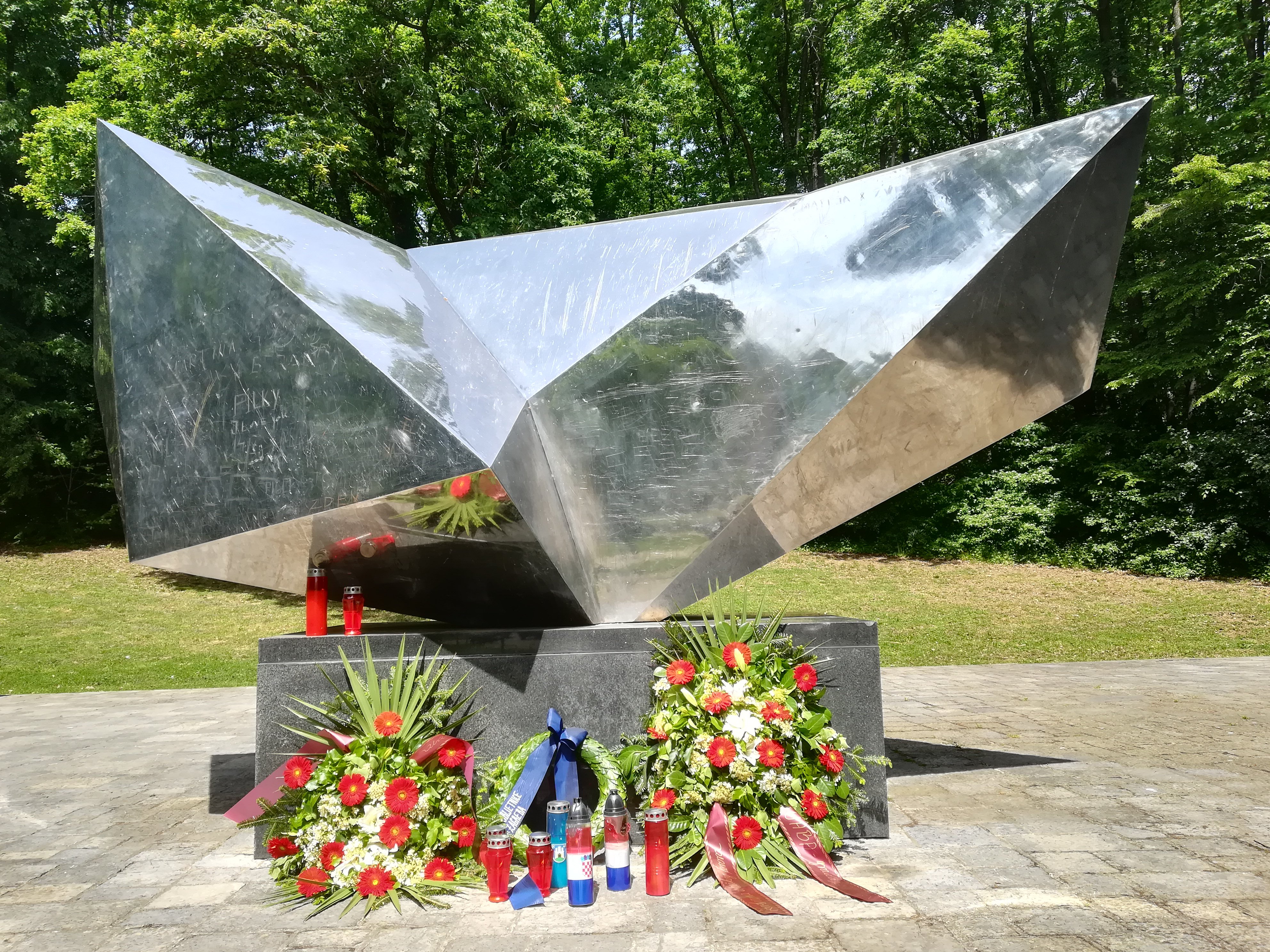
Dotrščina Park, which today also houses the memorial area of the same name, is located in the continuation of the eastern part of Maksimir Park. At the time of the NDH, it was outside the city, and its dense forest hid the events from view, making it an ideal place for mass shootings. Dotrščina is also the site of the most massive crime in the history of Zagreb. So far, about 18,627 victims who were killed by the Ustasha and Nazi authorities in that place have been identified by name and surname.
The victims shot in Dotrščina were buried in the location in mass graves that can be found throughout the park. Apart from them, in the mass graves are also buried victims who died in Ustasha prisons or in prison hospital wards. The victims were brought from the prison on open trucks, so that they could be seen and to serve as a warning to others.
People bound in chains, often with visible consequences of previous beatings and torture, were shot right next to the road or by the Dotrščina stream. Shootings were often advertised with posters that were placed all over the city, especially if the victims were communists, anti-fascists, Jews, or Serbs. The number of posters was greater in cases where the shootings represented revenge for Ustasha victims, as consequence of resistance acts.
The first person killed in Dotrščina was most likely Dušan Zelenbaba, who worked as a cook at the Esplanade Hotel. He was killed in May 1941 after being accused of collaborating with the Communists, although he most likely had no connection with them. A whole series of intellectuals from Zagreb at the time were killed in Dotrščina - including August Cesarac, Božidar Adžija, Ognjen Prica, Otokar Keršovani, Pavel Markovac and many others.
After the war, some of the best local artists were engaged in the creation of today's memorial park, such as Vojin Bakić, Josip Seissel and Jure Kaštelan. The first stage of development was completed in 1968 and still represents an exceptional example of treating places of memory, respecting the landscape, and materializing and contributing to the construction of memory policies. In the 1990s, the stone block located near the entrance to the memorial area was removed, and in the later period the monuments were occasionally damaged and graffitied with the NDH sign. Since 2012, artistic interventions have been held in Dotrščina as part of the Virtual Museum of Dotrščina, which was initiated by Saša Šimpraga with the support of Documenta and the Serbian National Council. With the broad support of visitors, the Virtual Museum of Dotrščina is asking for the restoration of the monument, the return of the stone block with information about the sufferings, the installation of an info-board with a map of the park, directions around the park and on its approaches, additional benches (especially in the Valley of Graves) and the installation of a station with free drinks by water at the entrance to the park.
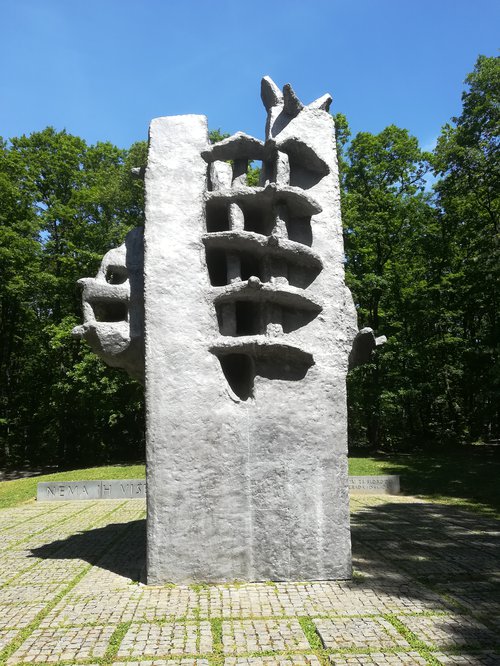
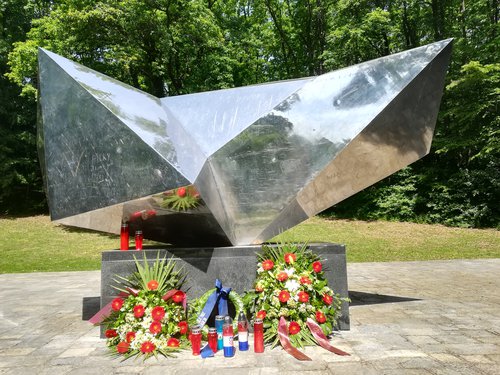
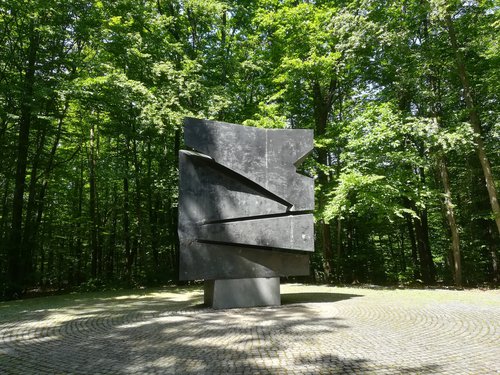
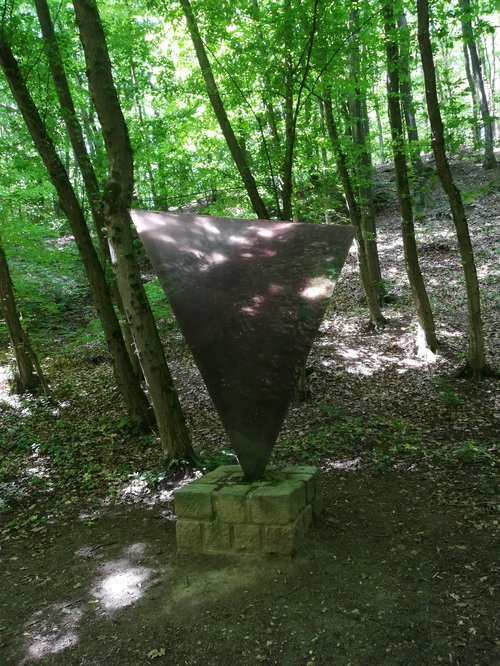
Text: Tena Banjeglav, Zagreb-u-ratu-otporu-stvaralastvu-i-pamcenju.pdf (documenta.hr)
Photos: Alice Straniero

